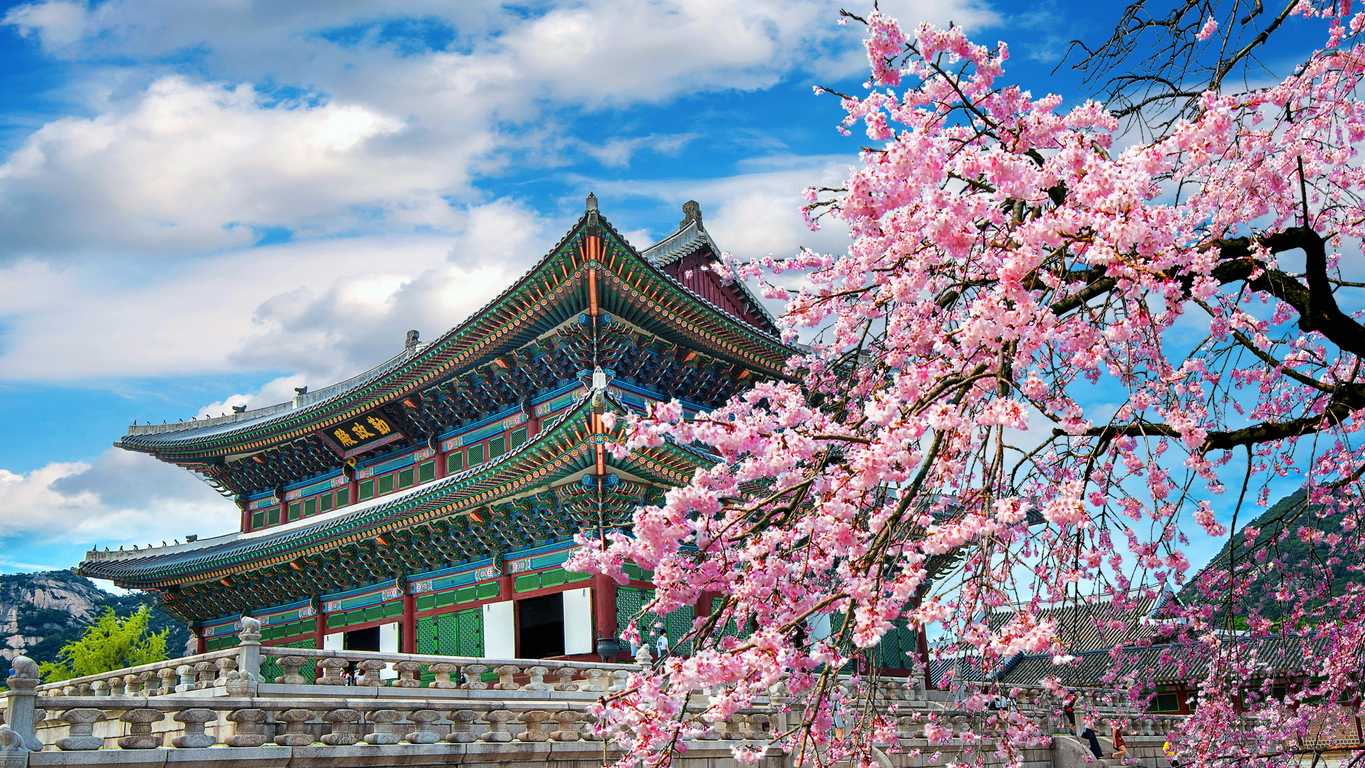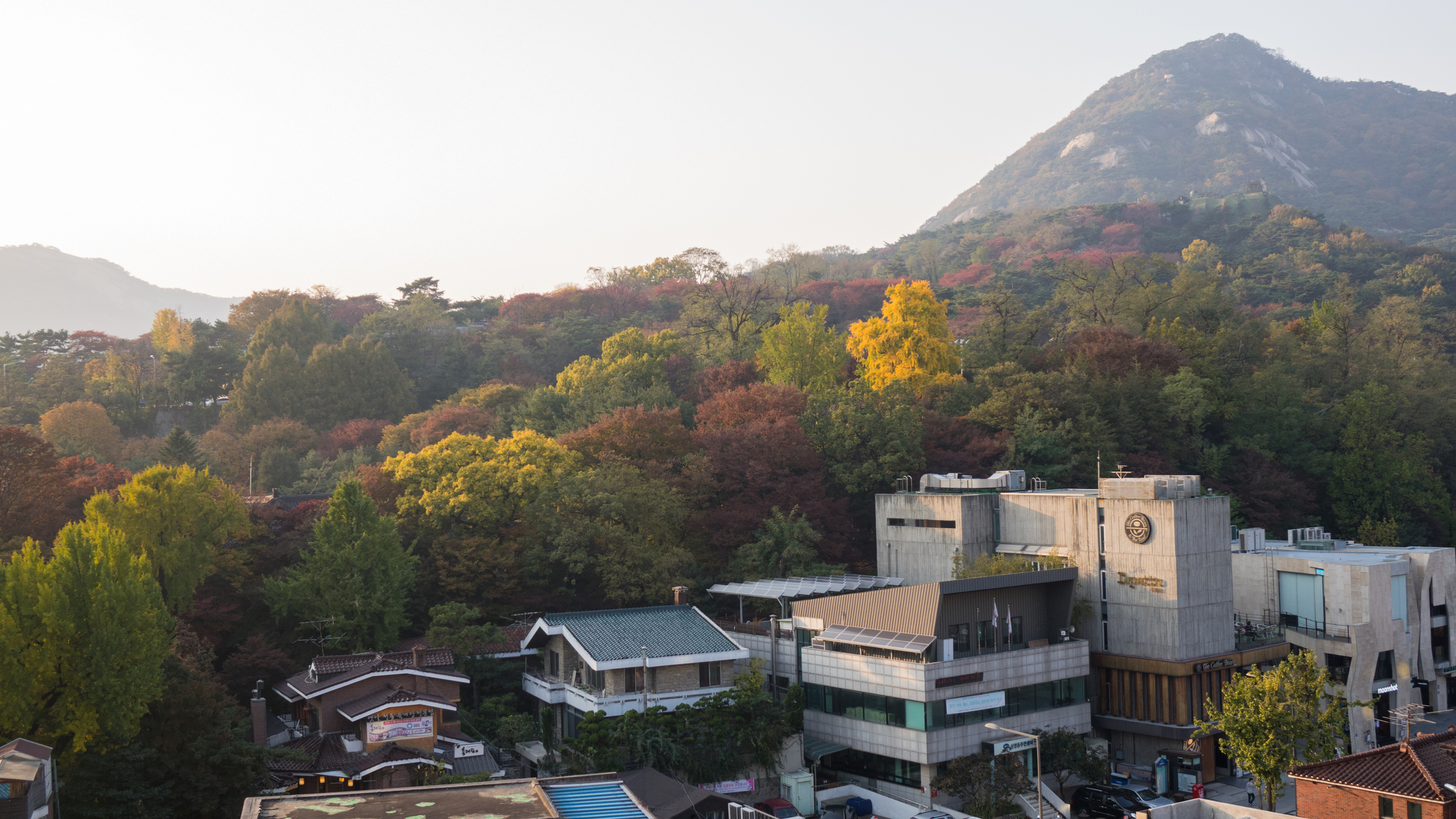Top 7 Things to Do in Chiang Mai, Thailand’s Northern Gem
The northern Thai city of Chiang Mai is a hub for cultural, historical, and outdoor activities. Across visits to elephant sanctuaries, renowned temples, and bustling night markets, there are plenty of things to do for our inner intrepid traveller.
Outdoor enthusiasts can delight in natural attractions such as Doi Inthanon National Park, known for its waterfalls, cloud forests, and high elevation. For cultural aficionados, Thai cooking classes and visits to temples such as Wat Phra That Doi Suthep offer a chance to dive into unique local experiences.
As we delve into the rich experiences the city has to offer, this guide will also provide tips on navigating the city and engaging with local culture. We’ll also touch on how you can plan your adventure with peace of mind with Income Insurance. Buckle up for the vacation of a lifetime.
Cultural Things to Do in Chiang Mai
1. Visit Historic Temples
When in Chiang Mai, one of the most popular things to do is a temple visit. For one, the Wat Phra That Doi Suthep is a must-see temple. As one of the most sacred Buddhist temples in northern Thailand, it has over 600 years of history.
Its majestic architecture dates back to the 13th century Lanna Kingdom. For the full experience, walk up the 306-step staircase lined with its iconic seven-headed serpent statues to the temple. After your climb, enjoy a breathtaking view of the city from the temple’s vantage point.
While you’re there, remember to be mindful of cultural etiquette. Here are some respectful practices that visitors are encouraged to follow when visiting a temple in Thailand:
- Keep your volume low: Lower your voice and turn off loud devices when you’re in a consecrated area.
- Dress appropriately: Ensure your clothing and apparel are modest, covering your shoulders and knees. Women are typically recommended to wear trousers or long skirts while men can opt for knee-length shorts at the minimum. Keep in mind that you will need to remove your shoes before entering the temple.
- Treat statues and relics with respect: Avoid touching the Buddha statues or raised platforms on which they are placed. Remember to get permission before taking photographs.
2. Experience a Thai Cooking Class
It’s often said that food is the heart of any culture. Chiang Mai has a wide selection of cooking schools such as Siam Garden Cooking School and Smile Organic Farm Cooking School from which you can get a hands-on experience with Thai cuisine and culture.
Learn to cook traditional Thai dishes such as Pad Thai, Tomyum soup, and mango sticky rice in four to six hours. Some classes even include visits to local markets or organic farms before you begin making your feast from scratch.
Get in touch with your inner chef as you whip local herbs and fresh seasonal ingredients into local delicacies.
Outdoor Things to Do in Chiang Mai
3. Tour the Elephant Sanctuaries
Elephants are sacred animals in Buddhism, which affords them an elevated status in Thailand. Interact with these gentle giants in Chiang Mai’s reputable sanctuaries, with feeding programmes, mud spas, and forest walks with the animals. Observe them from afar as they forage leisurely in the natural world.
That said, there have been cases of abusive practices against the animals in the Thai tourism industry (Source: CNA). Some attractions have been reported to conduct elephant shows and allow visitors to ride the animals, causing physical and emotional stress for the animals.
When planning your trip, go for ethical sanctuaries such as Elephant Jungle Sanctuary for a safer and better experience for both you and the elephants.
4. Explore Doi Inthanon National Park
Those seeking more of a challenge can scale Doi Inthanon Mountain, Thailand’s highest peak, located in Doi Inthanon National Park. With its high elevation and misty vantage points, it’s no wonder the park is nicknamed “the roof of Thailand”.
With its year-round cold weather, you’ll find evergreen cloud forests rich with peat moss, pine, and deciduous teak. The park is also a prime location for bird watching, with species such as the dark-breasted rosefinch often making an appearance.
The park’s hiking trails can accommodate different skill levels. For a shorter and less physically demanding walk, try the Ang Ka Luang Nature Trail, which is a circular boardwalk. Meanwhile, hikers on the longer Kew Mae Pan Nature Trail must be accompanied by a guide.
The path partially moves along a mountain ridge, offering breathtaking views of the landscape below. For outdoor enthusiasts, this is a not-to-be-missed activity to do during your time in Chiang Mai.
Immersive Local Experiences in Chiang Mai
5. Gallivant Through Bustling Night Markets
Bask in the vibrancy of Chiang Mai’s bustling night markets as you indulge in a little retail therapy and sample local street food. The Chiang Mai Night Bazaar is one of the city’s largest, with street food, handicrafts, antiques, and clothing for sale.
Start at the intersection of Chang Khlan Road and Loi Khro Road, branching out approximately two blocks in each direction for a comprehensive exploration.
Since the collection of stalls in the market varies, you might even find a one-of-a-kind souvenir here. Satisfy the midnight hunger pangs with local treats such as crispy spring rolls and mango sticky rice.
6. Discover the Vestiges of Lanna Culture
Feel the legacy of centuries as you immerse yourself in Chiang Mai’s prominent Lanna culture. While the city today is a picture of contemporary culture, it has maintained vestiges of the 13th-century Lanna Kingdom.
Discover spots rich with Lanna culture such as the Three Kings Monument, which honours the 13th-century founding of the Lanna Kingdom with Chiang Mai as its capital.
If you’re travelling in November, catch the Yi Peng Festival, where lanterns light up the sky and lotus-shaped krathongs (containers fashioned from leaves) are released on the Mae Ping River. With a festival ticket, you can even take part in the celebrations.
7. Meet Locals in the Tribal Villages
With a local guide, you can tour the Long Neck Village of the Karen tribe, known for the stacked brass rings worn by women around their necks. Many of the villagers also sell handicrafts, which is a great chance for you to take a piece of your travels home.
Many tour packages also offer immersive activities such as visits to tea farms and museums, ideal for spending a day trip’s programme.
While you’re there, don’t forget to throw in a visit to the straw King Kong statues installed by Huay Tueng Tao Lake. At up to eight metres in height, they’re certainly a sight to behold. You can even climb up the ladders within each statue for a majestic view and photo-op.
Practical Travel Tips for Chiang Mai
Navigating the City
Before you embark on your adventure through the bustling city, it’s handy to plan ahead regarding transport, keeping in mind where you’re staying in Chiang Mai.
- Families travelling longer distances: If you’re travelling out of the city, rót daangs (“red trucks”) are an affordable option if you’re travelling in a larger group. Within the city, the RTC City Buses and blue songthaews are also a cheap option.
- Day trips and solo travel: If you’re travelling alone, you can consider renting a scooter or motorcycle for a convenient day trip out of the city. Before you zip off, make sure you have your photo ID and licences on hand. Bicycle rentals are also widely available to get around the quieter parts of town.
- For the novelty: Take a ride on the iconic tuk-tuks (motorised rickshaws) for an entertaining ride through the city. These tend to be a bit more expensive than the other options, but it’s worth the experience.
Best Times to Visit
The months between November and February are widely considered the best time to visit Chiang Mai. Temperatures are at their coolest, and humidity levels are relatively low. This makes for a more comfortable time for outdoor activities.
November is also the month for the Yi Peng and Loy Krathrong Festivals, which offer tourists a chance to be part of local cultural events first-hand.
However, this also means that larger tourist crowds are typically seen from November to February. If that’s not your cup of tea, non-peak months also have their perks. Foodies might want to consider visiting in April, when local delicacies such as mangoes and red ant eggs are in season. Sink your teeth into succulent mangoes or indulge in a fragrant omelette with red ant eggs in the summer heat.
April also brings with it the Thai New Year, or Songkran Festival, a three-day water-throwing celebration, so you will still have a chance to witness a local festival.
Making the Most of Your Chiang Mai Visit
From hikes in beautiful nature reserves to shopping in vibrant night markets, there is something to do for everyone. Chiang Mai is rich with cultural experiences and natural sights.
As you plan your adventure of forest wanders with elephants and scenic mountain hikes, don’t forget to ensure that you have comprehensive travel insurance coverage.
Consider Income's travel insurance for your trip, which protects you for travel delay, trip cancellations and more, to help you feel secure and achieve peace of mind during your Chiang Mai experience:
- Up to $2,0001 travel delay coverage for delays up to 120 hours1 for any reason2
- Up to $2,0001 baggage delay coverage
- Up to $8,0001 coverage for loss of travel documents
Those planning a quick getaway may find the flexibility of FlexiTravel Plus appealing too. From only $0.303 per hour, FlexiTravel Plus is suitable for those planning for short or spontaneous trips abroad, with the following features:
- Up to $200,000 overseas medical expenses coverage
- Up to $500,000 emergency medical evacuation coverage
- Shorten or extend your trip coverage4 easily through the My Income app for added convenience should your trip run longer or shorter than expected.
With that, get ready to immerse yourself in the natural and cultural wonders that Chiang Mai has to offer.
1 For Preferred Plan. Policy Ts&Cs apply.
2 Except those caused by the insured. Policy Ts&Cs apply.
3 Premiums will be charged on an hourly basis subject to a minimum premium payable that is equivalent to 6 hours of coverage, and capped at $3 per day.
4 You must sign up for the coverage prior to leaving Singapore, except if the post-departure purchase extension under Section 25 applies, and end your coverage upon arrival in Singapore through My Income app. If you are intending to make a claim under Section 6 Shortening your trip, you are not to shorten your trip through the My Income app, as your period of insurance needs to include the whole duration of your original trip.
This article is meant purely for informational purposes and does not constitute an offer, recommendation, solicitation or advise to buy or sell any product(s). It should not be relied upon as financial advice. The precise terms, conditions and exclusions of any Income Insurance products mentioned are specified in their respective policy contracts. Please seek independent financial advice before making any decision.
These policies are protected under the Policy Owners’ Protection Scheme which is administered by the Singapore Deposit Insurance Corporation (SDIC). Coverage for your policy is automatic and no further action is required from you. For more information on the types of benefits that are covered under the scheme as well as the limits of coverage, where applicable, please contact Income Insurance or visit the GIA/LIA or SDIC websites (www.gia.org.sg or www.lia.org.sg or www.sdic.org.sg).
This advertisement has not been reviewed by the Monetary Authority of Singapore.








